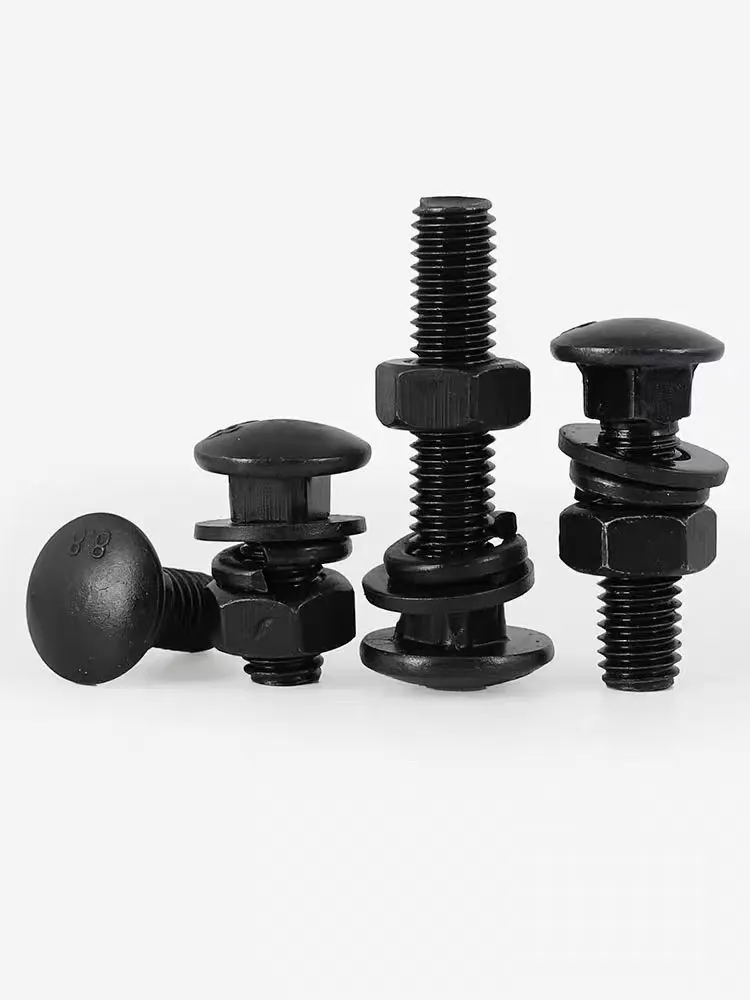

Techniques for Installing Self-Drilling Screws in Steel Applications and Best Practices
Oct . 08, 2024 17:16 Back to list
Techniques for Installing Self-Drilling Screws in Steel Applications and Best Practices
Self-Drilling Screws Into Steel A Comprehensive Guide
Self-drilling screws are a revolutionary fastener that has transformed the way steel components are joined in construction and manufacturing. Unlike traditional screws, which require pre-drilled holes, self-drilling screws feature a unique design that allows them to penetrate and create their own holes in various materials, especially steel. This offers several advantages, including reduced time for installation, increased efficiency, and a lower likelihood of damaging the material being fastened.
The Design of Self-Drilling Screws
Self-drilling screws are engineered with a drill bit-like tip that allows them to cut through metal easily. The tip design varies based on the thickness and type of material being used. Generally, these screws come in different lengths, diameters, and coatings, ensuring versatility for various applications. Common materials for self-drilling screws include steel, stainless steel, and alloys, which provide different levels of strength and corrosion resistance.
Advantages of Using Self-Drilling Screws
1. Time Efficiency One of the standout benefits of self-drilling screws is the significant time savings during installation. Since they do not require pre-drilling, workers can simply drive them into the steel, speeding up construction processes, especially in large projects.
2. Cost-Effectiveness Reduced labor time results in lower installation costs. Additionally, fewer tools are needed since the screws can be driven directly into the steel, eliminating the need for drilling equipment.
3. Enhanced Strength Self-drilling screws create a tight fit in metal, providing strong connection points. This is crucial in structural applications where the integrity of the joint must be maintained under various loads.
4. Versatility These screws can be used in a wide range of applications, from metal roofing and siding to HVAC systems and steel framing. Their ability to drill and fasten in one step makes them suitable for different thicknesses and types of steel.
self drilling screws into steel

Proper Installation Techniques
Even though self-drilling screws are designed for easy installation, following best practices is vital to ensure optimal performance
1. Select the Right Screw Choose self-drilling screws that are appropriate for the specific type and thickness of steel being used. The screw’s length and diameter should also match the intended application.
2. Use the Correct Tool While manual installation is possible, using a power driver can enhance efficiency. However, it's crucial to adjust the torque settings properly to avoid damaging the screw or the material.
3. Ensure Proper Alignment Maintain alignment while driving the screw to prevent cross-threading and ensure maximum holding strength.
4. Inspect the Installation After installation, inspect each connection to verify that the screws have penetrated the material fully and that there are no signs of stripping or damage.
Conclusion
Self-drilling screws are a vital component in modern construction and manufacturing, providing a blend of efficiency, strength, and versatility. Understanding their design, advantages, and proper installation techniques allows professionals to make the most of these fasteners, leading to robust, durable, and cost-effective structures. As the industry continues to evolve, self-drilling screws will undoubtedly remain a preferred choice for joining steel components, forming the backbone of reliable construction practices.
Latest news
-
High-Strength Hot Dip Galvanized Bolts - Hebei Longze | Corrosion Resistance, Customization
NewsJul.30,2025
-
Hot Dip Galvanized Bolts-Hebei Longze|Corrosion Resistance&High Strength
NewsJul.30,2025
-
High-Strength Hot-Dip Galvanized Bolts-Hebei Longze|Corrosion Resistance&High Strength
NewsJul.30,2025
-
Hot Dip Galvanized Bolts-Hebei Longze|Corrosion Resistance&High Strength
NewsJul.30,2025
-
Hot Dip Galvanized Bolts - Hebei Longze | Corrosion Resistance, High Strength
NewsJul.30,2025
-
High-Strength Hot Dip Galvanized Bolts-Hebei Longze|Corrosion Resistance, Grade 8.8
NewsJul.30,2025

